Nestled in the heart of Jordan’s southern desert, Wadi Rum stands as a testament to nature’s grandeur and the enduring spirit of human history. Often referred to as the "Valley of the Moon," this otherworldly landscape captivates visitors with its towering sandstone cliffs, sweeping dunes, and vast, open plains. The silence of the desert, broken only by the occasional whisper of the wind, creates an atmosphere of profound tranquility. For centuries, Wadi Rum has been home to Bedouin tribes, whose deep connection to the land adds a rich cultural layer to its geological splendor.
The geological formations of Wadi Rum are nothing short of spectacular. Over millions of years, wind and water have sculpted the sandstone and granite into dramatic shapes, creating a labyrinth of canyons, arches, and towering mesas. The most iconic of these is Jabal Umm ad Dami, Jordan’s highest peak, which offers breathtaking panoramic views of the desert below. The vibrant hues of the rock, ranging from deep reds to soft pinks, shift with the sunlight, painting the landscape in an ever-changing palette. At sunrise and sunset, the desert seems to glow, as if the very earth is aflame.
Wadi Rum is not just a feast for the eyes—it’s a place steeped in history. The region has been inhabited since prehistoric times, with evidence of ancient Nabataean civilizations and Thamudic inscriptions carved into the rocks. These petroglyphs and ruins tell stories of trade routes, nomadic life, and the enduring human fascination with the desert. Lawrence of Arabia, the legendary British officer, famously traversed these sands during the Arab Revolt, and his presence still lingers in the collective memory of the area. Visitors can explore landmarks like Lawrence’s Spring or the Seven Pillars of Wisdom, named after his memoir.
The Bedouin people, with their unparalleled knowledge of the desert, are the soul of Wadi Rum. Their hospitality is legendary, and many travelers find themselves welcomed into traditional goat-hair tents for cups of sweet, spiced tea. The Bedouins’ way of life, honed over generations, is a masterclass in resilience and adaptation. Camel caravans, once the lifeblood of trade, now offer tourists a chance to experience the desert as it has been traversed for centuries. Jeep tours, led by Bedouin guides, provide access to remote corners of the reserve, where the silence and solitude are absolute.
Adventure seekers will find no shortage of activities in Wadi Rum. Rock climbing enthusiasts flock to the area to tackle its challenging routes, while hikers can lose themselves in the maze of canyons and valleys. For those seeking a slower pace, hot air balloon rides offer a bird’s-eye view of the desert’s vastness. At night, the clear, unpolluted skies reveal a dazzling display of stars, making Wadi Rum one of the best places on earth for stargazing. Many camps offer overnight stays in luxury tents or even under the stars, allowing guests to fully immerse themselves in the desert’s magic.
Preservation efforts have ensured that Wadi Rum remains pristine despite its growing popularity. Designated a UNESCO World Heritage Site in 2011, the protected area balances tourism with conservation. Visitors are encouraged to respect the fragile ecosystem and the cultural heritage of the Bedouin people. Sustainable tourism initiatives, such as eco-friendly camps and guided tours, help minimize the impact on the environment while supporting local communities. The result is a destination that feels untouched by time, where the echoes of the past meet the rhythms of the present.
Wadi Rum is more than a destination—it’s an experience that lingers long after the journey ends. Whether it’s the stark beauty of the landscape, the warmth of the Bedouin people, or the sense of stepping into a living history, the desert leaves an indelible mark on all who visit. In a world that often feels increasingly crowded and chaotic, Wadi Rum offers a rare gift: space to breathe, to reflect, and to connect with something greater than oneself. It’s a reminder of the raw, untamed beauty that still exists, waiting to be discovered.

By Emily Johnson/Apr 28, 2025
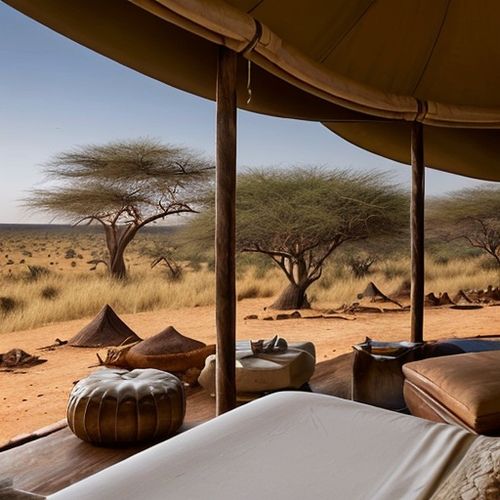
By Noah Bell/Apr 28, 2025

By Christopher Harris/Apr 28, 2025
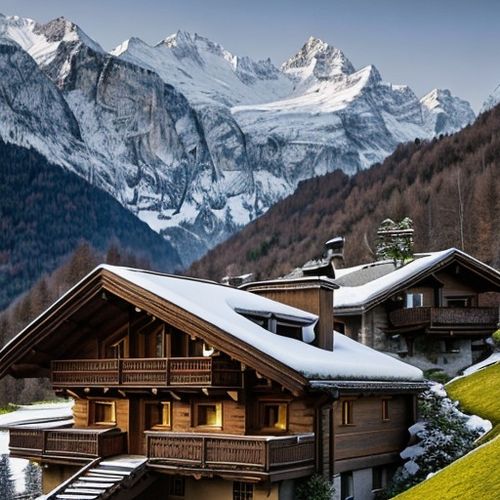
By Samuel Cooper/Apr 28, 2025
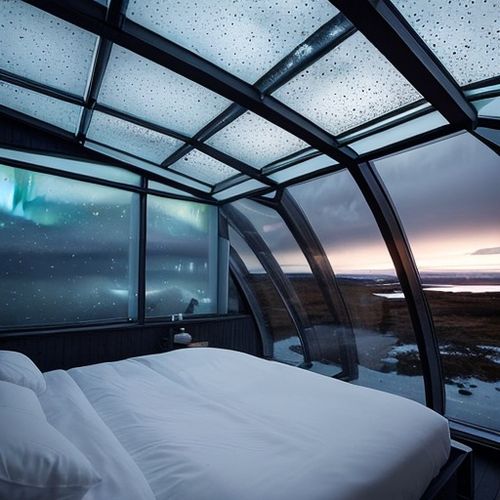
By Sophia Lewis/Apr 28, 2025

By Daniel Scott/Apr 28, 2025

By Joshua Howard/Apr 28, 2025
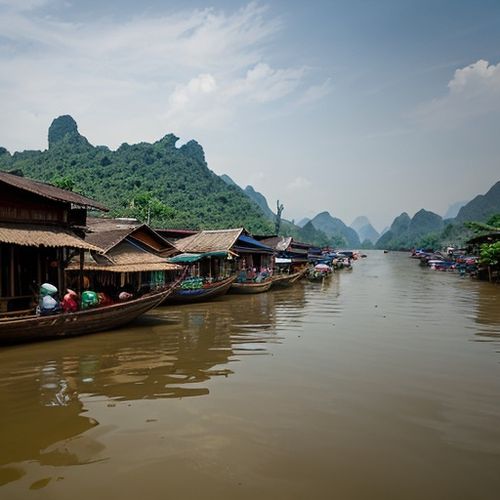
By Daniel Scott/Apr 28, 2025

By Lily Simpson/Apr 28, 2025
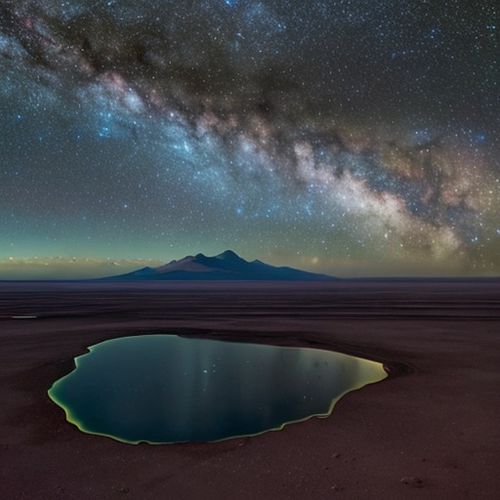
By Victoria Gonzalez/Apr 28, 2025
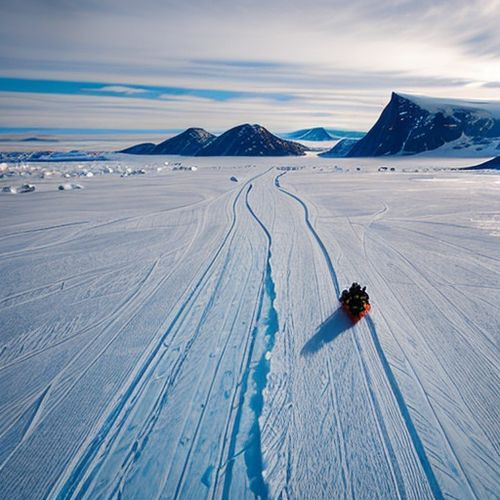
By Benjamin Evans/Apr 28, 2025
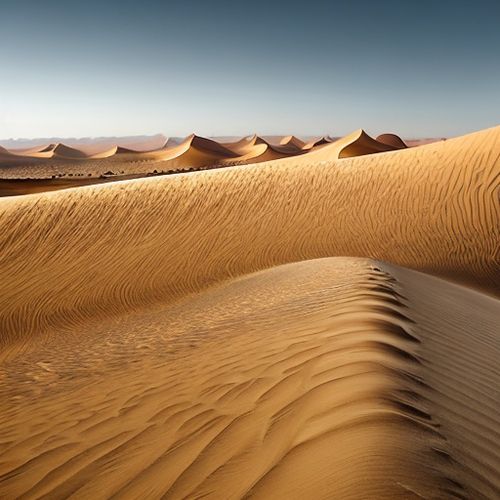
By William Miller/Apr 28, 2025
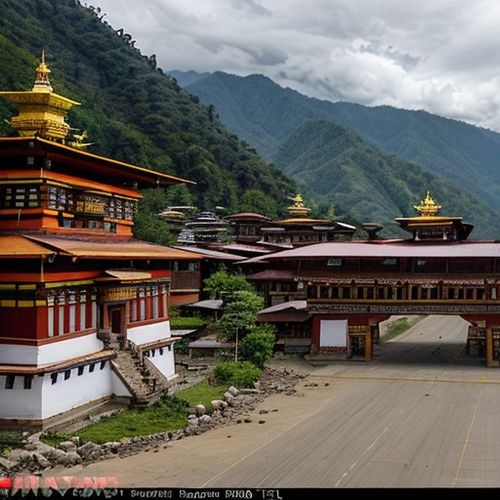
By David Anderson/Apr 28, 2025
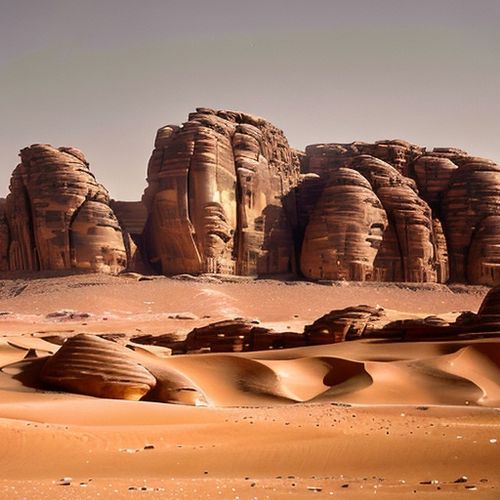
By Sarah Davis/Apr 28, 2025

By Victoria Gonzalez/Apr 28, 2025
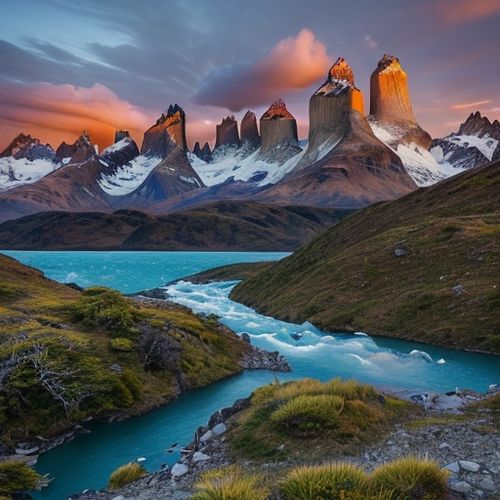
By Victoria Gonzalez/Apr 28, 2025

By Amanda Phillips/Apr 28, 2025

By William Miller/Apr 28, 2025
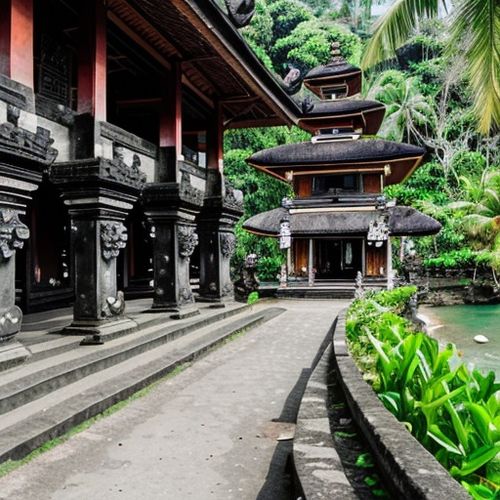
By David Anderson/Apr 28, 2025
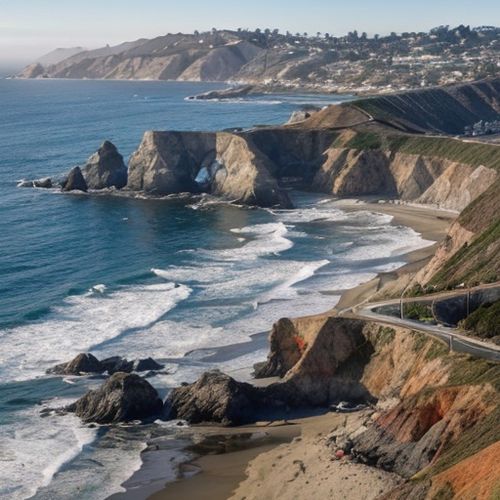
By Megan Clark/Apr 28, 2025